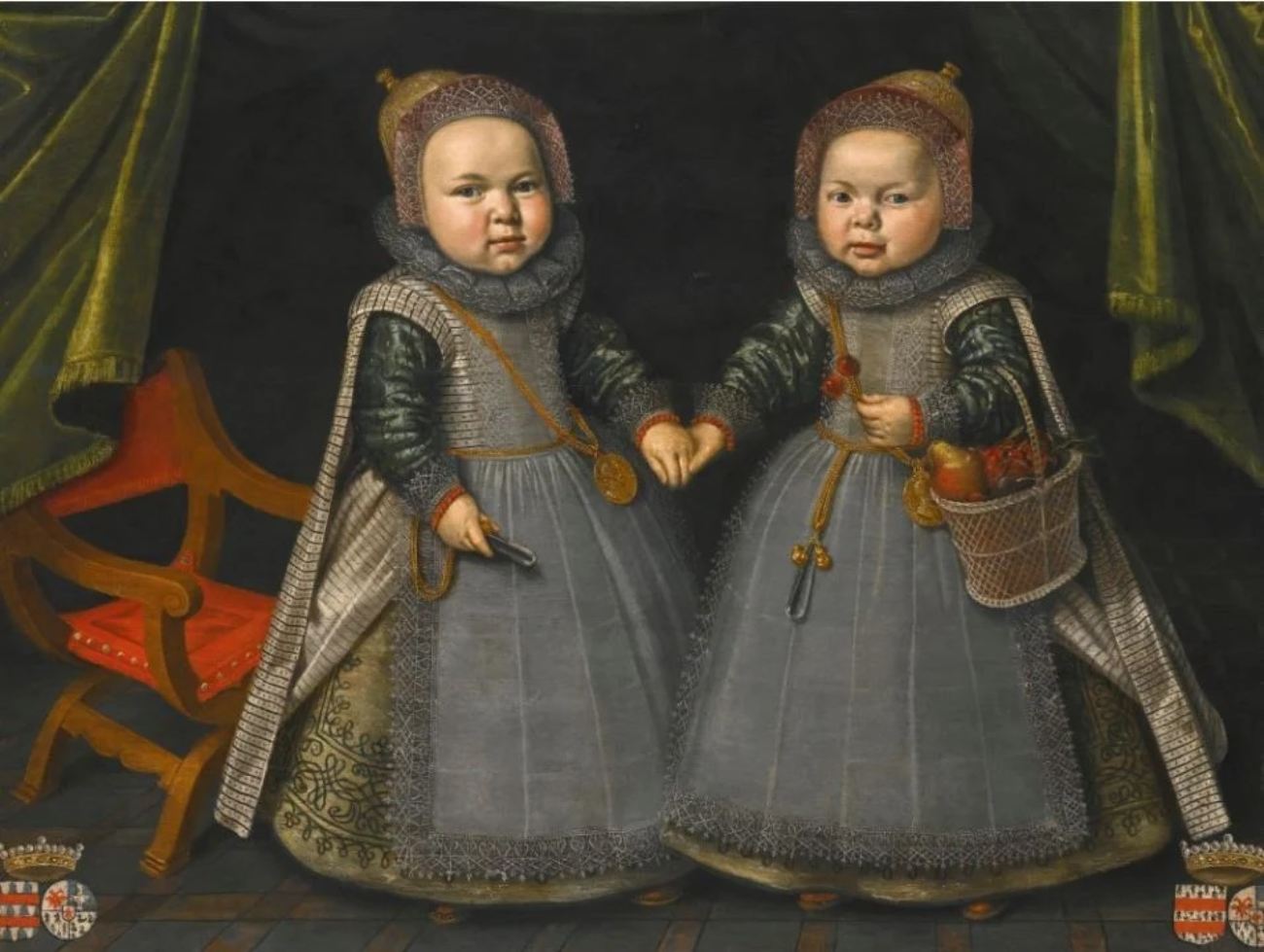Twins: The Fascinating Emergence of Life
About 3.2 percent of births in the United States are twins. This means that there are 32 twins for every 1,000 births. Identical twins are much rarer than fraternal twins.

About 3.2 percent of births in the United States are twins. This means that there are 32 twins for every 1,000 births. Identical twins are much rarer than fraternal twins.

